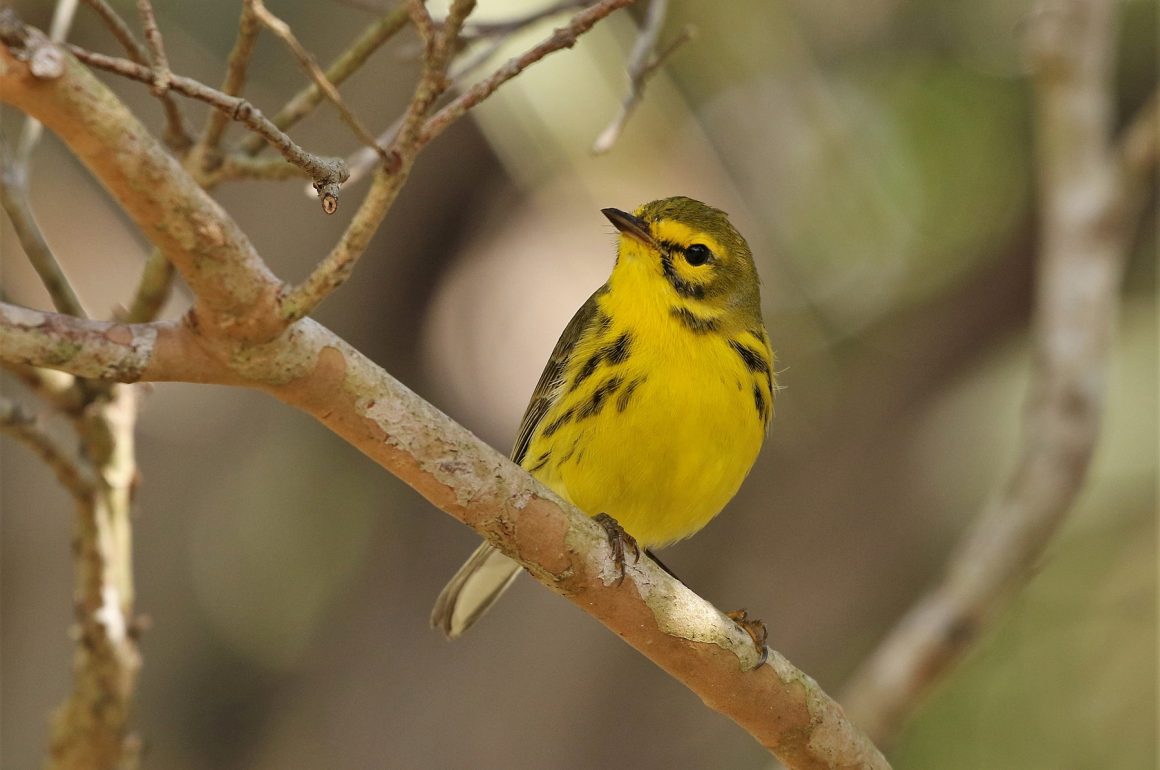
As the cold fronts begin to sweep through the northern states ushering in a wave of seasonal change and color, South Florida becomes a gathering place for migratory birds far and wide across the country. It starts in late July when shorebirds from the Arctic Tundra, Great Plains, and New England beaches amass at beaches, agricultural areas, and mere rain puddles throughout the tip of the peninsula. If conditions are right, the Palm Beach Agricultural Area can be teaming with various shorebird species such as Spotted, Solitary, Upland, Buff-breasted, Least, Semipalmated, Western, and Pectoral Sandpiper, Black-bellied and Semipalmated Plover, Long-billed Dowitcher, and Black-necked Stilt. The burgeoning number of waders in the fall reminds locals that many herons and egrets disperse northward during the late spring and early summer to breed and feed, returning in the late summer and fall to seek refuge from the oncoming cold and lack of food. Terns also join in the fun, and movements of Gull-billed and Black Tern can be impressive!
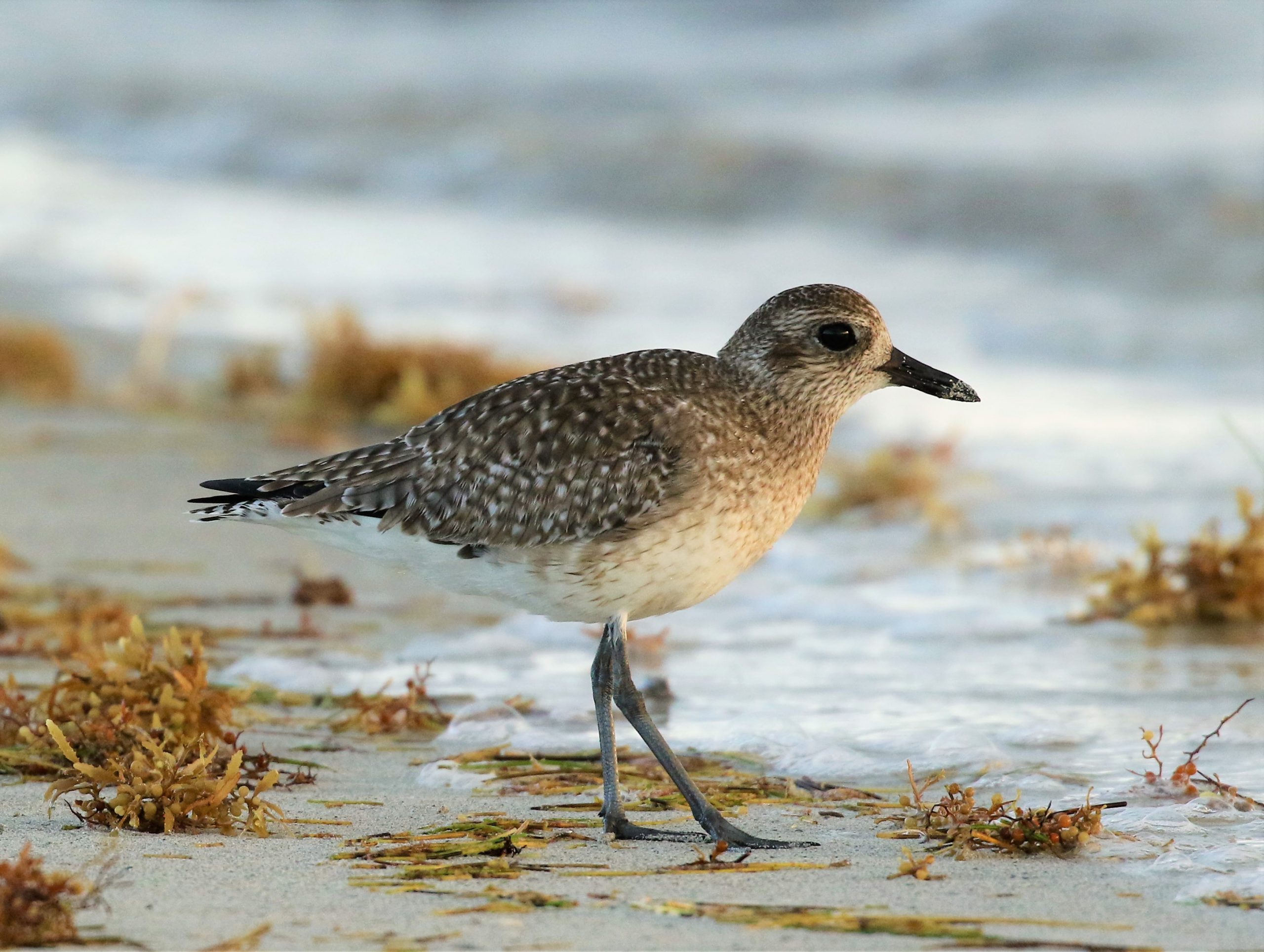
Black-bellied Plover is a common migrant in South Florida, occurring at both inland and coastal sites.
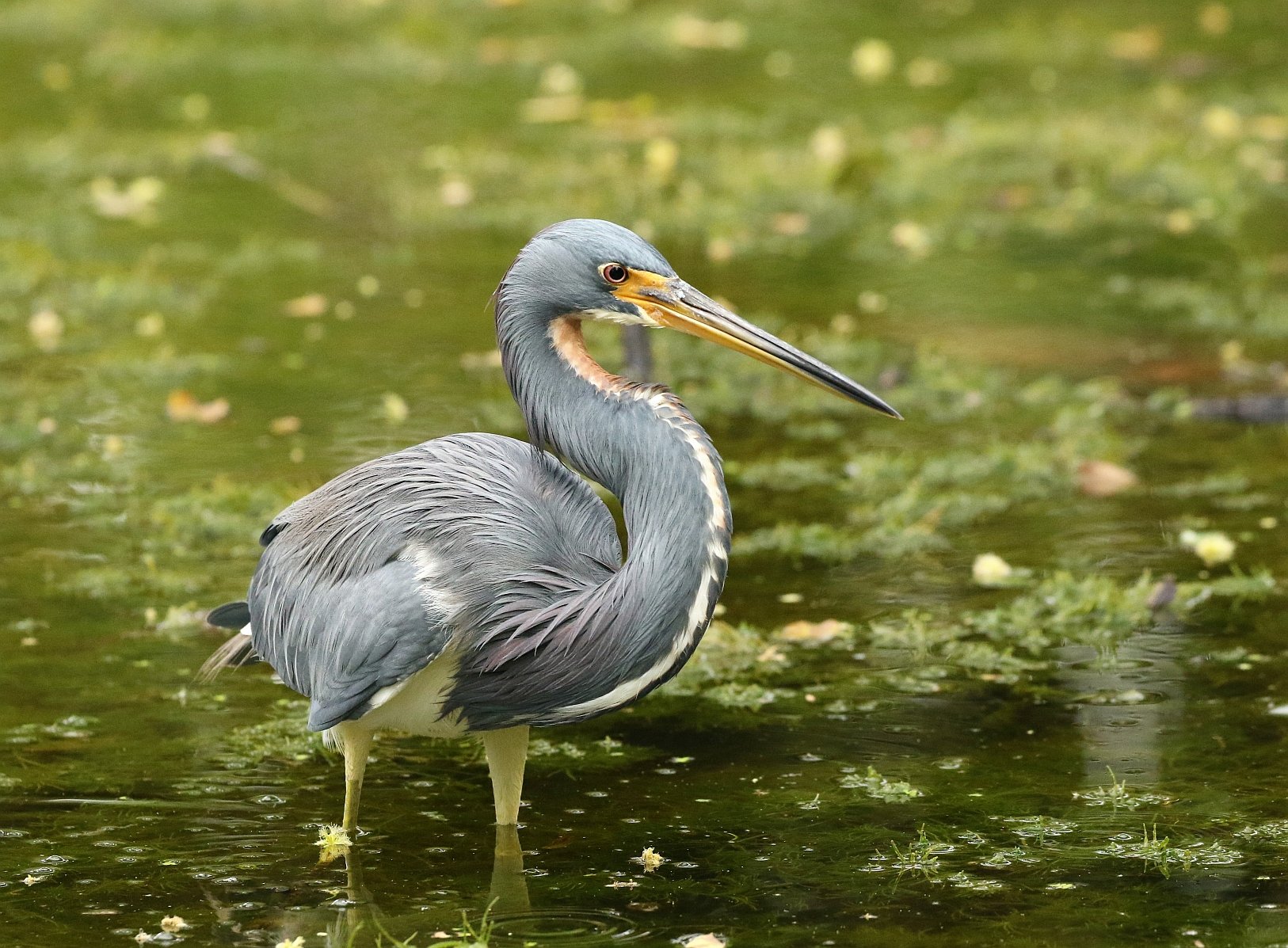
For those who love herons and egrets, there are extra helpings of them in the fall! Tricolored Heron.
Shorebird migration is a dramatic start to a lengthy fall migration in South Florida, which stretches for the most part from mid-July through the end of November. Songbird migration also commences in mid-July, when the first American Redstart, Northern Parula, Black-and-white Warbler, Louisiana Waterthrush, and Red-eyed Vireo begin to trickle southward — often from breeding sites hundreds of miles away — into the many urban and suburban parks and gardens scattered throughout Miami, Fort Lauderdale, and the Palm Beaches. It slowly gathers pace in August, as Yellow-throated Vireo, Prothonotary Warbler, Alder Flycatcher, Worm-eating Warbler, and others join in with the others, while September adds Chestnut-sided and Blackburnian Warbler, Magnolia and Black-throated Blue Warbler, Scarlet and Summer Tanager. Barn Swallows are a constant overhead to remind you avian migration is unfolding, all flying purposefully southward wherever you may be in South Florida — visible as you are driving, shopping, gardening, birding, or otherwise. They may not nest in South Florida, but they definitely like to fly through it in the fall.
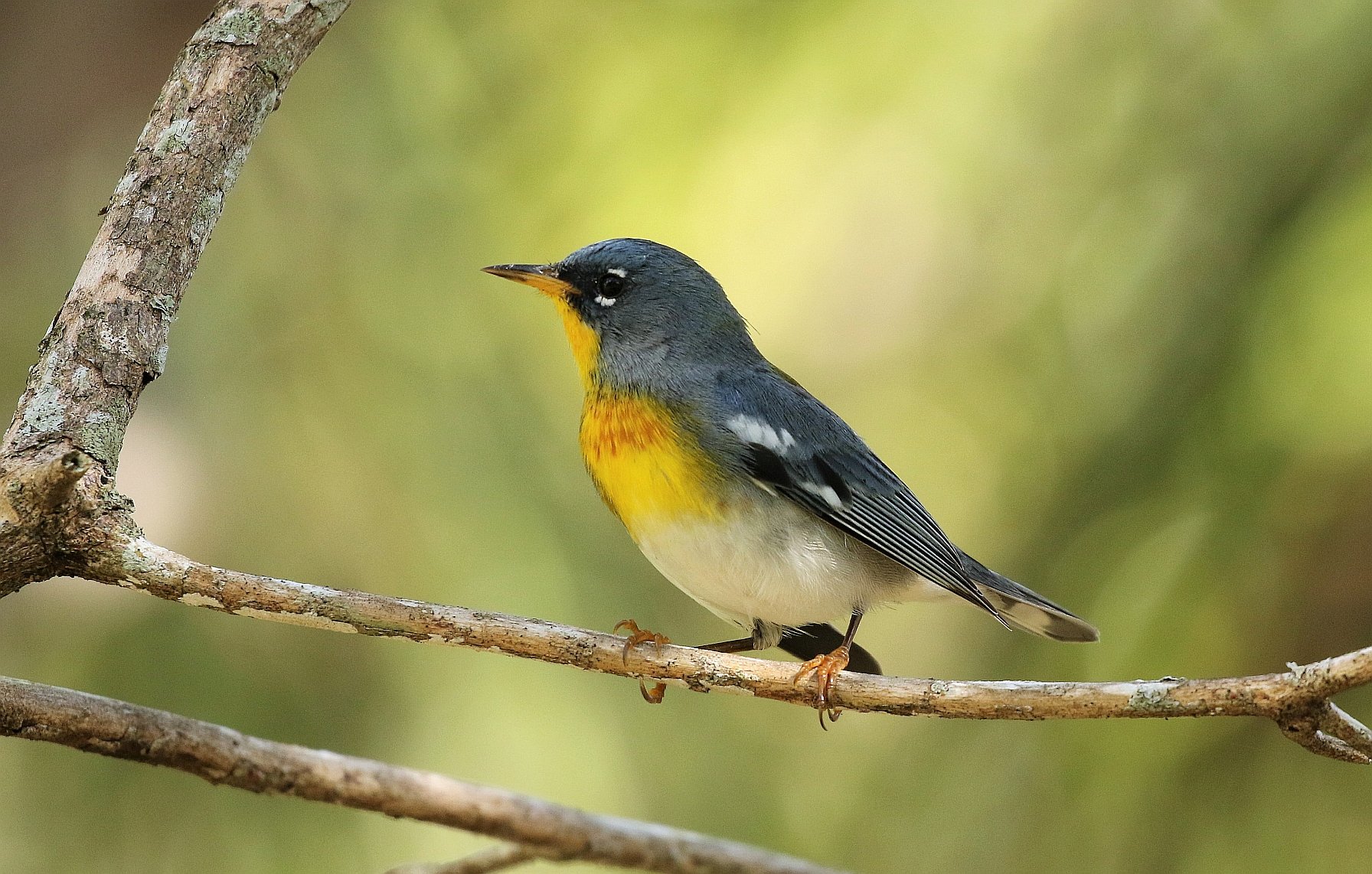
Northern Parula is one of the most numerous migrants in South Florida, many staying through the winter months as well.
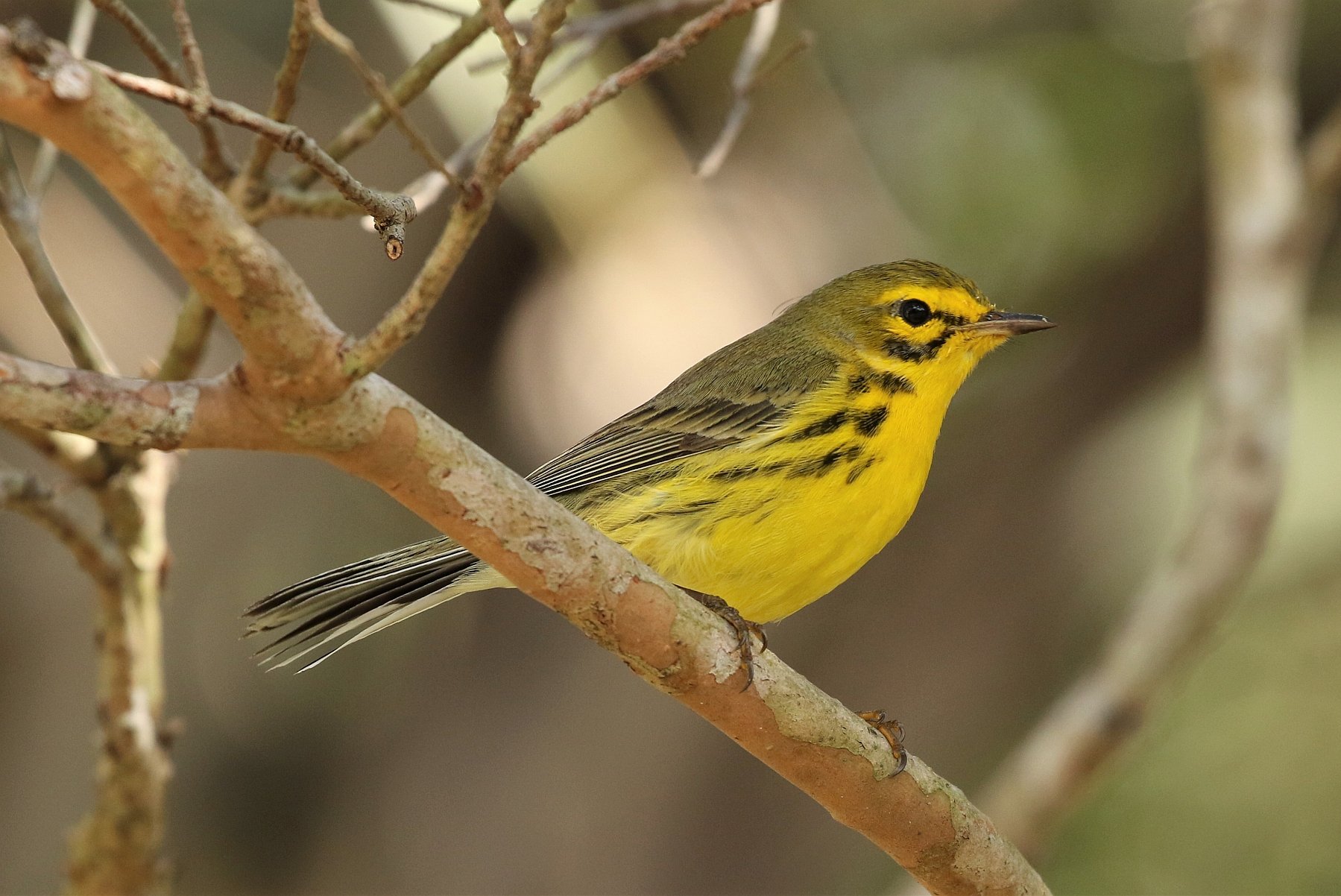
Prairie Warbler is another numerous fall migrant in South Florida — and they also winter in big numbers.
In October, songbird migration reaches a crescendo as Rose-breasted Grosbeak, Swainson’s Thrush, Bay-breasted Warbler, Yellow-billed Cuckoo, Black-throated Green Warbler, and many others add their numbers into the mix. There are three more features that make fall migration in South Florida extra special. One is the weather. Due to the normally rainy conditions in September and October, migrants often slow down and gather at stopover sites to feed and rest until the weather passes. When a cold front stalls over the Florida Straits for a few days in October, numbers of migrants at places such as Bill Baggs State Park or A.D. Barnes Park can be absolutely spectacular with hundreds to thousands of staging individuals. Every day that the weather persists, the birds gather in larger and larger numbers — a “back up.” And just like that, as the weather clears, the birds are mostly gone the next day. The second feature is that a very large proportion of the migrants flowing southward will actually remain for the length of winter, so numbers steadily build as migration draws on — remember, over two dozen warbler species spend the winter in Miami-Dade County alone. Third, South Florida is always a dynamic birding scene — there are always interesting birds showing up, there are always “vagrants” that show up almost every year. For me, these birds add a bit of mystique and mystery to the overall experience. Why do Lark Sparrows always show up in September in Miami and then vanish? Why do so many western species such as Swainson’s Hawk, Lesser Nighthawk, Brown-crested Flycatcher, Western Tanager, and Bell’s Vireo consistently migrate into the area in small numbers in October and November?
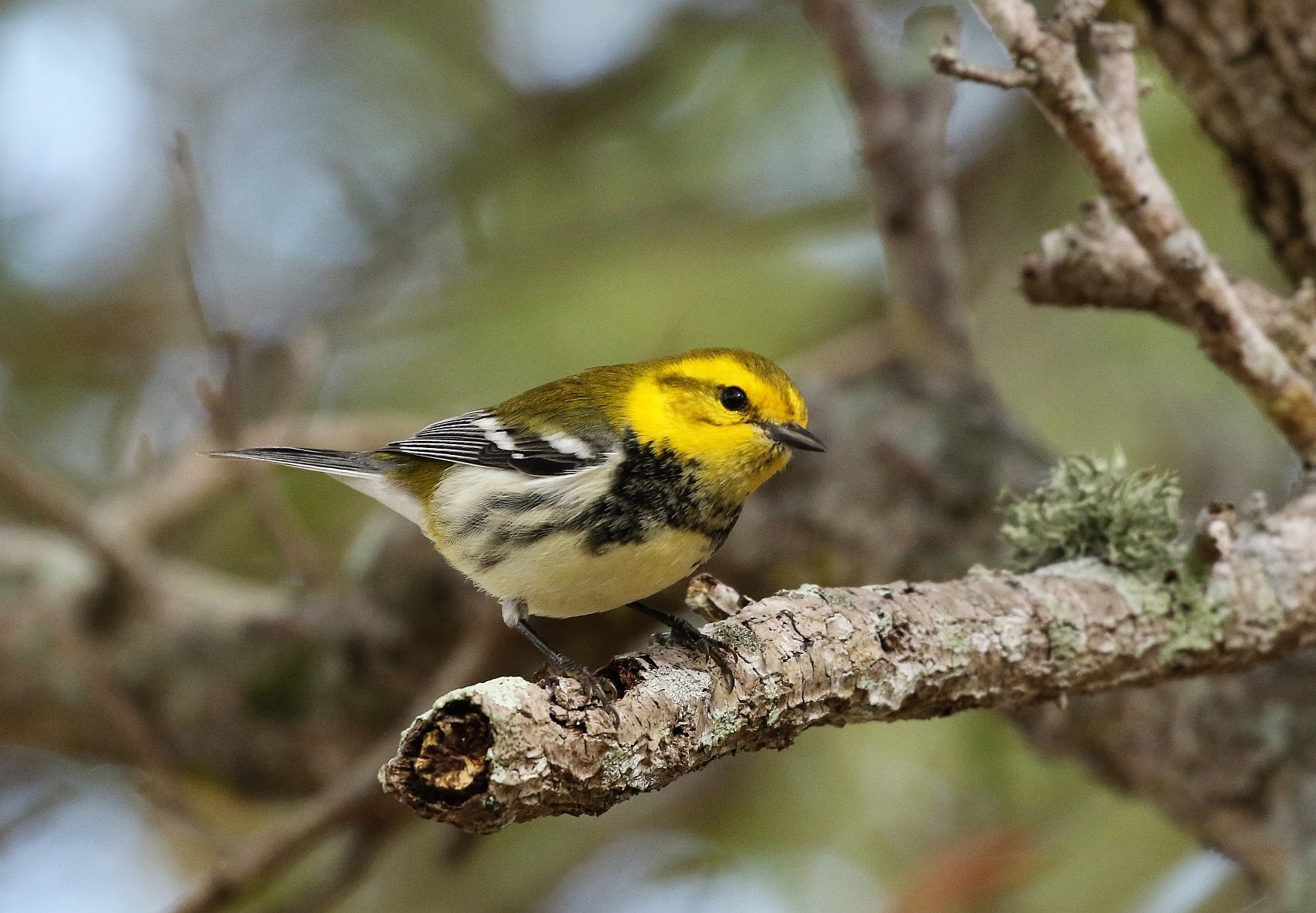
Black-throated Green Warbler is a lovely late season migrant (and wintering species). They especially like live oaks.
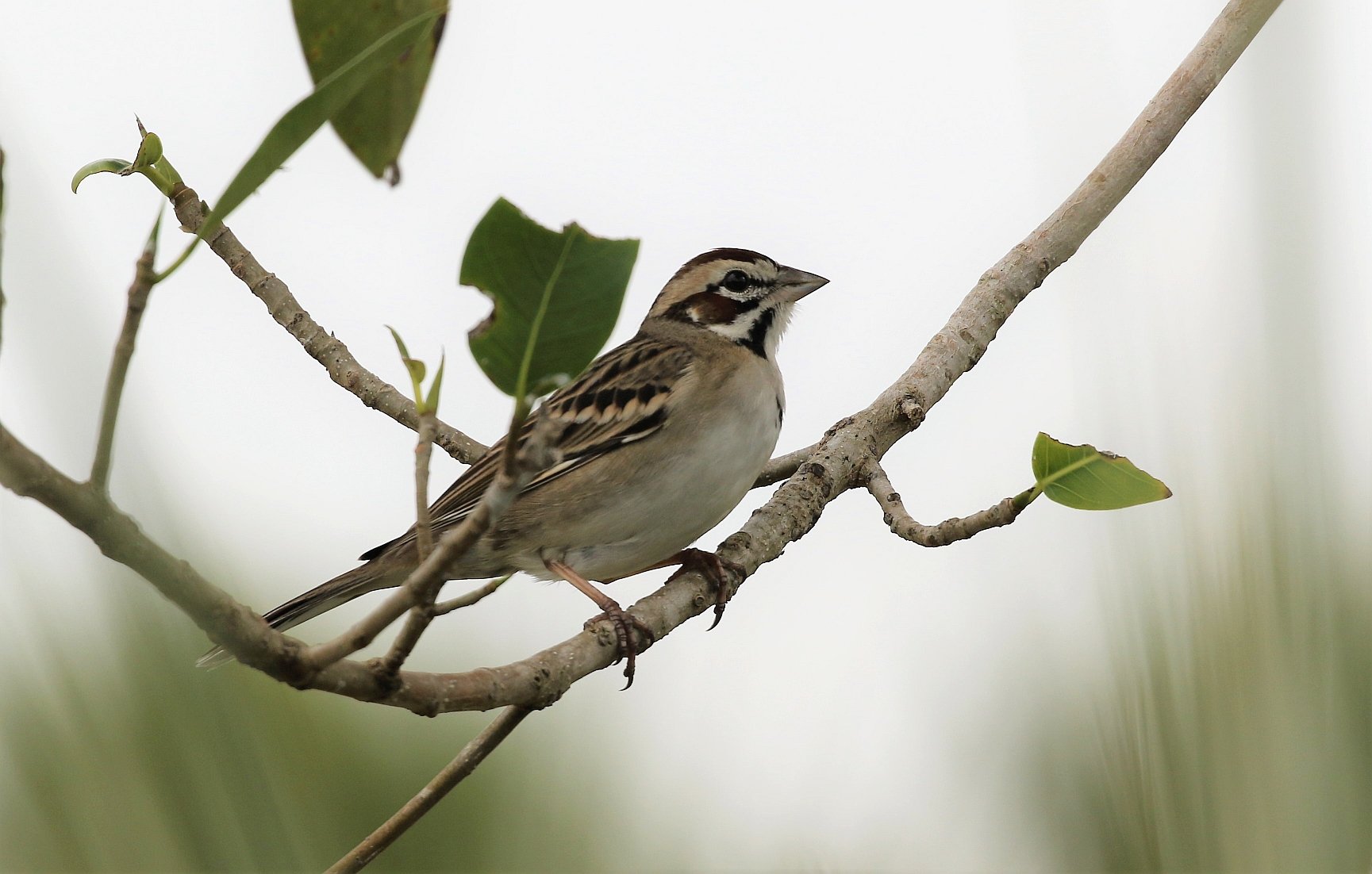
Lark Sparrow is one of many western species that regularly migrates through or winters in South Florida in small numbers.
Speaking of Swainson’s Hawk, raptor migration is another big feature of South Florida birding in the fall. The Florida Keys Hawkwatch at Curry Hammock regularly produces spectacular numbers of Peregrine Falcon. Although the number of Broad-winged Hawk that pass through the area is no where near what you would see in Texas or Veracruz, the hawkwatch in the Florida Keys currently holds the world record for most Peregrine Falcon in a season. For a couple of weeks in October, the Florida Keys Hawkwatch regularly tallies 3-digit Peregrine Falcon flights — up to 500 in a single day. Osprey, Northern Harrier, Merlin, Cooper’s Hawk, and American Kestrel also fly by in impressive numbers.
And for those considering travel to South Florida in the fall and still want to see special South Florida birds, the vast majority from White-crowned Pigeon to Limpkin to Snail Kite to Mangrove Cuckoo will still be there! Short-tailed Hawk is much easier in the fall than in the spring, as they can often be seen flying overhead right over urban Miami at that time.
South Florida is a dynamic and wonderful birding destination in the fall, with a sprinkling of specialties and some element of mystery as to how the pieces all come together. They produced some of my fondest and most formative birding memories.











Excellent article. Thank you!
10/18/23 just East of Military Trail and North of PGA Blvd about 4000 birds were heading south at around 1500 feet. Very clear sky as sun is rising.